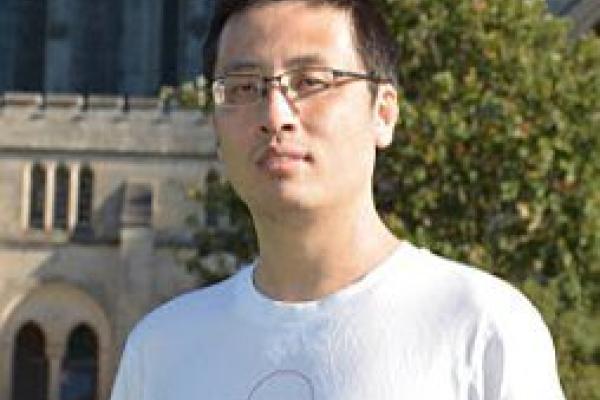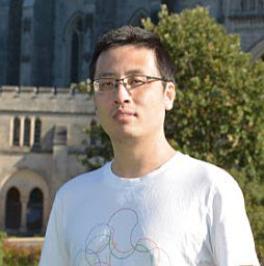
Dr. Yahui Zhang
John Hopkins
A variational wavefunction of weak Mott insulator and pseudogap metal using ancilla qubits
Location: 1080 Physics Research Building, Smith Seminar Room
Faculty Host: Yuanming Lu

Abstract: Here we propose a new variational wave function (and a gauge theory description associated with it) for Mott insulator with arbitrary charge gap and possible exotic metallic phase with zero charge gap. At each site, we introduce two auxiliary spinful fermion f1, f2 in addition to spin 1/2 electron c. We write down Slater determinate for c, f1, f2 together with possible mean field coupling like \Phi c^\dagger f_1, and then project f1, f2 to forming spin singlet at each site in the last stage to recover the physical Hilbert space. At half filling, we show that this wave function can capture any Gutzwiller projected wave function in the infinite U limit. The advantage is that it is easy to extend the wave function down to the weak Mott regime with the single parameter \Phi interpreted as the Mott charge gap. In this description, c and f1 form the upper and lower Hubbard band, while f2 should be interpreted as spinon, the same as the famous Abrikosov fermion parton. We benchmarked the method in the 1D Hubbard model at half filling and find good performance with a single variational parameter \Phi for the entire range of U/t.
Upon doping holes with density x into a spin liquid, a simple extension of the wave function (just add a chemical potential for physical electron c) describe a fractional Fermi liquid with Fermi surface volume equal to x/2 instead of (1+x)/2. We also offer a simple explanation on how “Fermi arc” may be observed in ARPES measurement. If time permitted, I will comment on how this pseudo gap metal with small Fermi surface transit to the conventional Fermi liquid through the vanishing of the parameter \Phi in the wave function.
